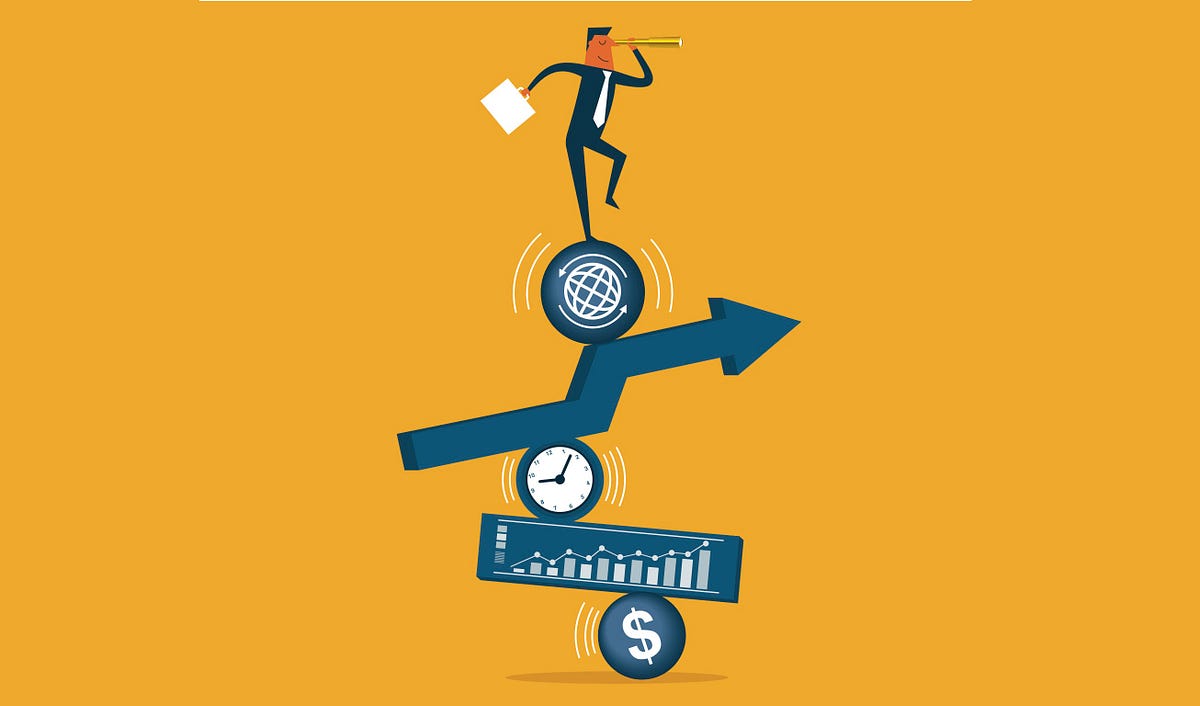The New Work-Work-Life Balance
Young workers are increasingly taking on side gigs in hopes of advancing professionally. Experts offer some tips for managing them.
By London Gibson

As workplaces become increasingly competitive due to changing career expectations, it is not uncommon for professionals to clock out of one job at the end of a workday — and then clock right back into the next.
The “side gig” has become even more prevalent in recent years as job mobility declines, says Texas McCombs Marketing Professor Art Markman, author of books including “Smart Thinking,” and a panelist on “How to Get What You Want Out of Side Gigs” at South by Southwest 2018. He says in recent years companies have seen their budgets stretched in ways that make it harder to train employees for the future. This has caused younger workers to feel more impatient about broadening their resume in hopes of eventually landing higher-level positions, Markman says.
In the past, workers expected that after getting a job they’d be groomed for the next higher up position through training. But that’s no longer as common, Markman says. He says in the last 20 years, the concept of sticking with one company for a career has eroded.
More than ever before, people are undertaking second jobs and entrepreneurial pursuits in hopes of bolstering their resume, chasing passions, or just making some extra cash.
Know When to Start
So what do workers need to keep in mind when launching a second job? When starting out, it’s often hard to get people to take your side gig seriously — sometimes, Markman says, for good reason.
At his SXSW panel last year, Markman said it’s common for people to start side gig projects without actually finishing them. Until you’ve mastered the art of completing projects, Markman discourages workers from getting involved in too many side gigs. Instead, work to complete any new undertakings. Experience will give you the reputation you need for people to view your side gig as a legitimate pursuit rather than a hobby.
In his own experience, Markman said he spent a considerable amount of time establishing his main career before expanding into other areas such as consulting and podcasts, which helped him be taken more seriously in the long run.
“Establish your expertise. I think that’s the really critical piece here, is that having that basis to work from … and that reputation to work from.” — Art Markman
Make it Count
When choosing a side gig, it’s a good idea to pick something that supports your career and long-term goals, Markman says, whether it’s building a new skill or engaging in an artistic pursuit.
“Even if your primary motivation for taking on a side gig is just money, still there are often lots of different ways of making that money,” Markman says. “So, engaging in something that has an extra benefit for your career is worthwhile.”
Because working extra hours can mean that people no longer engage in other opportunities such as hobbies or pastimes that might make them feel well-rounded, Markman also recommends picking a side gig you’re going to enjoy.
“You’ve soaked up a lot of your available time to do other things,” Markman says. “You don’t want to end up in a situation where you feel like everything you’re doing is a chore.”
Avoid a ‘Sticky Situation’
John Sibley Butler, director of Jon Brumley Texas Venture Labs and management professor, says side gigs have always been a part of American life. “We also call it a hustle,” Butler says.
Butler warns that sometimes mixing two jobs can lead workers into a legal gray area. Because of this, Butler says in some cases, it’s a good idea to let your boss know if you are taking on other endeavors.
When you begin working for a company, Butler says, you become the intellectual property of the people who hire you. Because of this, he says it’s important to make sure you’re not using information or strategies from one job for another one.
“You don’t use your present job materials for your second job. You don’t leave your job and take the intellectual property with you to start a second job.” — John Butler
It’s also important not to let your side hustle affect your performance at work. Butler says from a management point of view, it can be obvious when an employee is paying less attention to their work because of outside endeavors.
“Sometimes you can almost feel when people are pulling away and going to do something else,” he says.
Find the Right Balance
Examining your current work schedule might help you figure out how to fit another job into your life, Markman said during his panel at SXSW
“The fact is, most people engage in a fair amount of what I like to call ‘fake work,’ where they sit at their desk without actually doing anything productive at it,” Markman said. “When people want to figure out, ‘Well, how much time can I spend on my side gig?’ The first thing that they should do is figure out how much time they’re really spending on their main gig.”
Markman said taking note of unproductive time at work and then replacing that time with work on a side gig can help improve productivity for both jobs and maximize available time.
“They will actually end up being energized for both in ways that actually don’t harm their productivity for the main gig and also allow them to get what they wanted out of that side gig,” Markman said.
Plan Ahead
To offset burnout and cope with added stress, Markman says it’s important to have a plan for the future. He suggests setting a personal deadline for either leaving your primary job or abandoning your side gig.
“There has to be a period of time after which you feel like you’ve actually succeeded in getting to the position that you wanted,” Markman says.
About this Post
Share:


